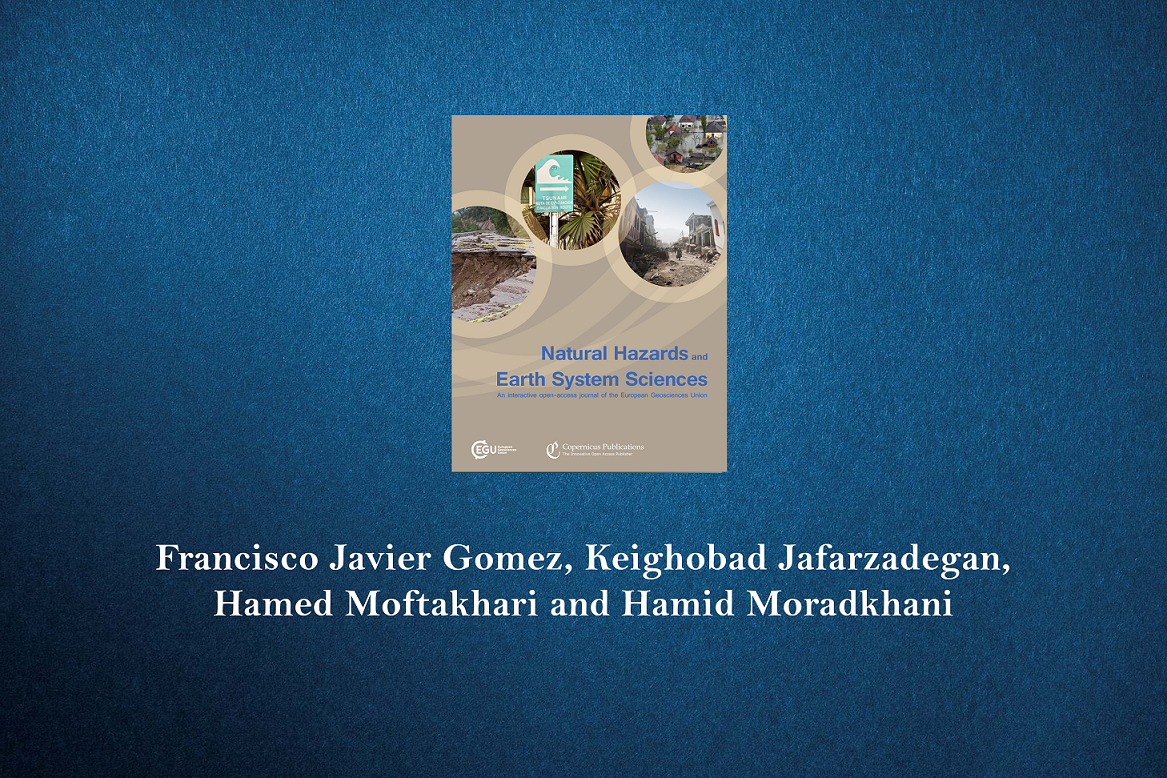Accurate prediction and assessment of extreme flood events are crucial for effective disaster preparedness, response, and mitigation strategies. One crucial factor influencing the intensity and magnitude of extreme flood events is precipitation. Precipitation patterns, particularly during intense weather phenomena such as hurricanes, can play a significant role in triggering widespread flooding over densely populated areas. Traditional flood prediction models typically rely on single source precipitation data, which may not adequately capture the inherent variability and uncertainty associated with extreme events due to certain limitations in precipitation generation framework, availability or both spatial and temporal resolutions. Moreover, in coastal regions, the complex interaction between local precipitation, river flows and coastal processes (i.e., storm tide) can result in compound flooding and amplify the overall impact and complexity of flooding pattern. This study presents an implementation of Global Copula-embedded Bayesian Model Averaging (BMA) (Global Cop-BMA) framework for improving the accuracy and reliability of extreme flood modelling. The proposed framework integrates a collection of precipitation products with different spatiotemporal resolutions to account for uncertainty in forcing data for hydrodynamic modelling and generating probabilistic flood inundation maps. The methodology is evaluated over Hurricane Harvey, a catastrophic weather event characterized by intense precipitation and compound flooding processes over the city of Houston in the state of Texas in 2017. The results show a significant improvement in predictive accuracy compared to those based on a single precipitation product, demonstrating the merits of the Global Cop-BMA approach. Furthermore, the research extends its impact by generating probabilistic flood extension maps that account not only for the primary influence of precipitation as a flood driver but also for the intricate nature of compound flooding processes in coastal environments…..Read more

